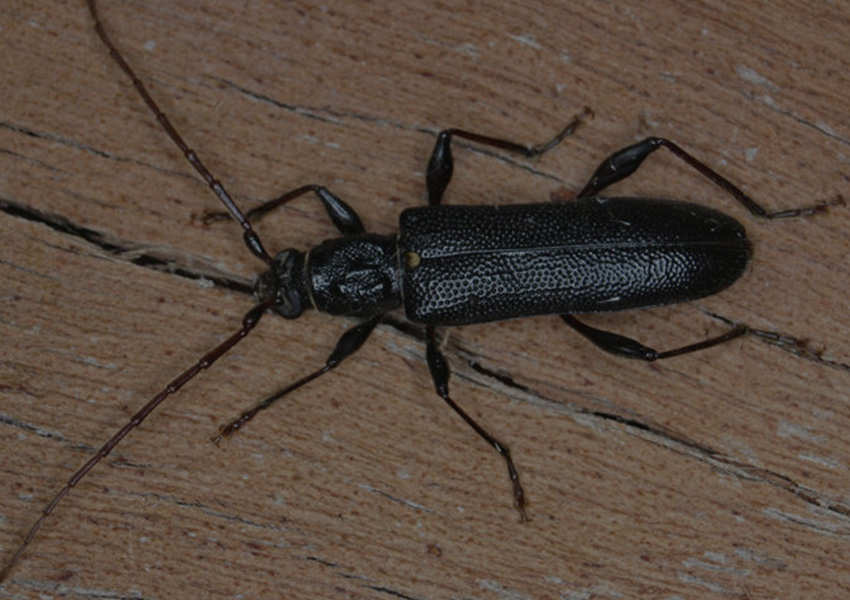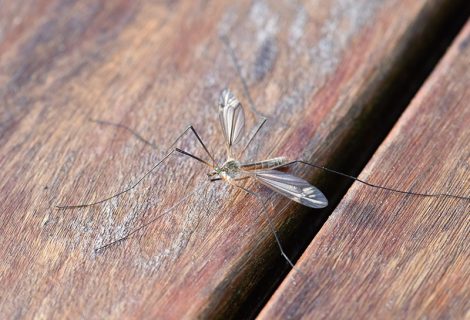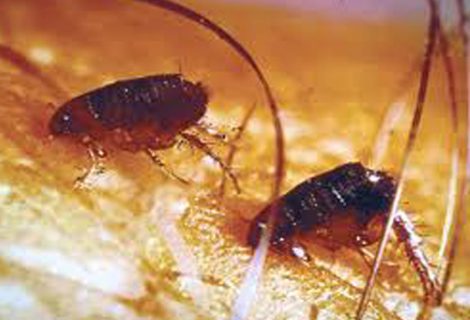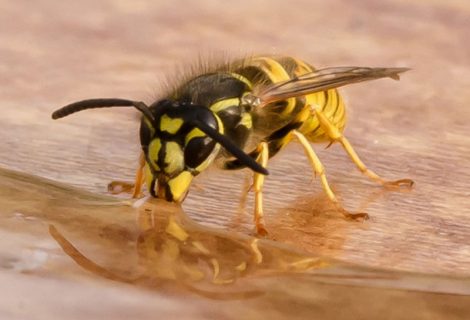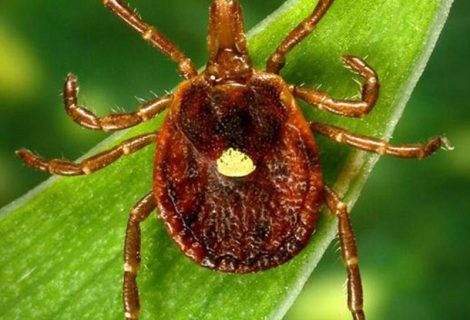Wood borers / Wood worm
- Wood boring insects refer to a selection of arthropods which cause damage to wooden structures. This group of insects features a range of species of insect at different stages of their life cycles from larvae to adults.
- Wood-boring insects are seen as pests due to the damage they create in both urban and rural areas.
HOW TO IDENTIFY INFESTATION
The presence of tiny holes in the timber of your home or business premises means the woodworm is active – and by extension – causing any damage.
However, it’s fair to assume that in most cases, timber holes equals trouble.
To assess if you’ve got a live infestation or not, you need to look out for the following telltale signs:
- New flight holes created by insects eating their way out
- New holes in any under-carpet paper floor backing
- Small wood dust builds up outside boreholes – this is actually woodborer droppings, known as frass. ( fine powdery refuse or fragile perforated wood produced by the activity of boring insects).
- Presence of damp in the room or in the timber itself (wood borers thrive in damp conditions)
THE WOODWORM LIFECYCLE
The various wood-boring beetles have different lifespans and behave in various ways once inside the timber of your home or business, but in general, they always follow the same lifecycle.
The four stages can be described as follows:
- The adult woodworm lays an egg in a flight home on the surface of the timber
- When the egg hatches out, the woodworm larvae get to work boring into the wood straight away
- To get the sugar starch it needs to grow, the larvae eat the timber – sometimes for years at a time – which can cause structural damage to your property.
- After feasting for a certain time, the larvae pupates and once it has transformed into an adult woodworm, it bores its way out of the timber in order to escape
THE COMMON TYPES OF WOODWORM AND WOOD BORING INSECTS
So who are the ‘usual suspects’ when it comes to the types of wood boring insects snacking on the timber of your property?
We have identified 11 of the most common in this extensive list, and have provided a commentary on each one in order to help you understand a little better what you’re dealing with.
1. Common Furniture Beetle (Latin name: Anobium Punctatum)
Appearance: On closer inspection, it looks like the classic beetle in terms of shape and size – but has light, green-brown coloring.
A relatively small insect, it is still capable of causing structural damage to your property.
Preferred timber: The sapwood of both hard and softwood.
Type of damage: Bores extensively creating rounded tunnels, usually going with the grain of the wood – and will fly to find new wood sources.
Telltale signs: The droppings or frass of the Common Furniture Beetle are sandy, oblong pellets. The insect emerges from 2 mm diameter boreholes.
2. Death Watch Beetle(Latin name: Xestobium Rufovillosum)
Appearance: A slightly furry, bee-like beetle, with both dark and light brown coloring, this small insect is capable of inflicting severe timber damage.
Preferred timber: The Death Watch Beetle loves rotting hardwoods such as Elm and Oak.
Type of damage: Often associated with white rot, this beetle is a committed and extensive tunnel builder, and will take a flight to find other rotting wood if needed.
Telltale signs: Creates rounded tunnels with boreholes of around 2 mm in width. Its tunnels are filled extensively with frass, which is clearly visible upon inspection. Creates a distinctive tapping sound to attract mates – often on quiet summer nights. This clock-like ticking has been associated in the literature with death keeping a vigil over the dying, counting down to their demise – thus the name.
3. Ambrosia Beetle (Latin name: Platypus spp)
Appearance: A relatively long, narrow beetle, with shiny dark-brown coloring and tucked back wings. Usually found in
woodland but can enter the home given the right conditions.
Preferred timber: Loves both hard and softwoods of all types, and can often be found in newly fallen trees or fresh logs.
Type of damage: This forest living beetle flies between wood sources and creates rounded-edged blue-lined tunnels that run counter to the grain. Can cause extensive damage in construction-ready timber if left unchecked.
Telltale signs: Doesn’t create a lot of frass – certainly not visible to the naked eye anyway – and exits timber through holes varying in size but often quite large compared to other types of beetles.
4. Fan-Bearing Wood-Borer (Latin name: Ptilinus Pectinicornis)
Appearance: A small, blackish-brown beetle with distinctive head fan antennae. Mainly stays in lumber yards and woodland settings and can cause significant damage to timber stocks.
Preferred timber: Tunnels extensively near the surface of hardwood, mainly focusing attention along the grain of the timber. It flies within its near environment to find wood sources.
Type of damage: Creates rounded tunnels filled with flour-like frass – and is rarely found in domestic or business properties (which is good news considering the high level of damage it can cause).
Telltale signs: Exits through 2 mm diameter holes and stays near the surface of the timber. You can sometimes find this beetle by simply peeling back the bark on fresh or cut wood.
5. Powder Post Beetle (Latin name: Lyctus Brunneus)
Appearance: The Powder Post Beetle has reddish-brown coloring and a slightly hairy complexion. A small insect in terms of size, it can still bore very deeply into timber.
Preferred timber: Tunnels extensively into young hard sapwood under a decade in age, and follows the grain of the wood.
Type of damage: This intrepid little beetle creates a maze of rounded, conjoining tunnels and is capable of creating a high degree of damage given its small size.
Telltale signs: Leaves via small 1 mm holes and leaves a trail of soft, flour-like frass in its tunnels and at the surface of flight holes.
6. Bark Borer (Latin name: Ernobius Mollis)
Appearance: There are many types of bark-borers, but the most common have either dark brown or light- brown coloring. They can cause major damage to the surface level of timber if left to do their worst.
Preferred timber: The Bark Borer exclusively targets softwoods with bark, and they fly locally to discover other timber sources.
Type of damage: Although the rounded tunnels this beetle creates are kept near the surface of the timber, this insect can still cause significant amounts of damage to all types of softwoods.
Telltale signs: Flight holes are around 2 mm in width, and its frass is rounded in shape and either light or dark colored depending on the wood source.
7. Wood Boring Weevil (Latin name: Pentarthrum Hutton)
Appearance: Reddish brown in color, this European beetle is a small insect found predominantly in buildings – where it can cause extensive damage.
Preferred timber: The Wood Boring Beetle chooses very rotten timber of either the hard or softwood variety, and thrives in very damp conditions – often flying to and settling in buildings with damp problems.
Type of damage: Creates rough oval shaped tunnels, which are just underneath the wood and often break the surface. For this reason, they can cause visibly high levels of destruction to both furniture and wooden support beams.
Telltale signs: Flight holes left by this tiny insect are very small, only measuring around 1 cm in diameter. The frass left behind in its extensive surface tunneling looks like small oval pellets.
8. House Longhorn (Latin name: Hylotrupes Bajulus)
Appearance: A dark brown large insect with distinctive long front antennae and white hairs over the surface of its body – this pesky beast is a major problem for wood inside your property.
Preferred timber: Preferring young softwoods, as their name suggests these pests can fly from house to house laying eggs and feasting on time eras they go. They are also common in timber used for construction.
Type of damage: Due to its large size, it creates deep, damaging tunnels that it fills with long, sausage-like frass pellets. They also break the surface with their tunneling, ruining the top layer of furniture and beams.
Telltale signs: These pests leave large 10 mm wide flight holes and greatly damage wood to a deep level. You do not want one of these in the timber of your home.
9. Asian Long-Horned Beetle (Latin name: Anoplophora Glabripennis)
Appearance: Also known as the Starry Sky or Sky Beetle because of its black coloring with white spots. Its hardy larvae are very difficult to kill.
Preferred timber: Loves hardwoods such as elm, poplar, willow and maple – and can fly some distance in search of new host trees.
Type of damage: Feasts extensively on the sappy bark of many different species of tree, causing damage so extensive that often the trees die. Has been found – albeit rarely – in construction bound timber at lumberyards.
Telltale signs: Leaving very large exit holes of 2 cm in diameter – with sawdust-like frass often oozing out in the sap – these wood-boring insects are usually confined to woodland, however, if they entered your home they could cause extensive structural damage.
10. Wharf Borer (Latin name: Nacerdes Melanura)
Appearance: An attractive orange-brown insect with dark legs and long antennae, the Wharf Borer is another of the larger insects on this list.
Preferred timber: Its ideal choice would be rotten softwoods and hardwoods – and it will fly short distances for new host timber sources.
Type of damage: Bores deeply into host wood and makes oval shaped tunnels, which it fills with soil-like frass. Is capable of extensive damage due to its size, and as its name suggests, can often be found in wharf buildings where it attacks structural timber and pilings.
Telltale signs: Exits timber through large 8 mm wide flight holes, and is found in buildings by the coast or in properties that have a severe damp problem. Has even been found infesting telegraph poles.
11. Wood Wasp (Latin name: Urocerus Gigas)
Appearance: Although obviously the only wasp on the list – and not, therefore, a woodworm – this large yellow and black insect just had to be featured due to the damage it can potentially cause to wood.
Preferred timber: The Wood Wasp goes exclusively for softwoods and rotting trees. Being adept in the air, these insects can fly long distances in search of new timber sources, which can include fresh logs or new timber stored in readiness for construction. However, once the wood has been treated, they stay away.
Type of damage: They create single-track tunnels deep into the wood, which can cause significant damage and kill host trees.
Telltale signs: With large flight holes of some 7 mm in width, Wood Wasp tunnels are packed with dense frass fibers which makes them hard to extract once discovered.
Anti – Wood Worm / Wood borer Treatment
- These insects can cause to the timber and furniture in your home or business premises, it’s always a good idea to seek professional assistance to deal with the problem effectively.
- Woodworm infestations often go hand-in-hand with severe damp, so it pays to do this properly with special skills. An understanding of wood borer biology and identification can help to detect problems.
- Most of these woodworms are extremely hardy and difficult to completely eradicate. So avail anti-wood borer treatment before borer infestation starts.
- The treatment is once time with oil emulsion. The choice of chemical and effectiveness is depending on dosage and emulsifying concentration and also the method of application. The emulsified chemical is spread uniformly to plywood sheets/timbers. The company does regular inspection for quality assurances. The inspection continues until the service guarantee period of THREE YEARS.
- If you would like to arrange a survey for anti-wood borer treatment kindly consult INDO PEST EXPERTS for the professional way of treatment.


